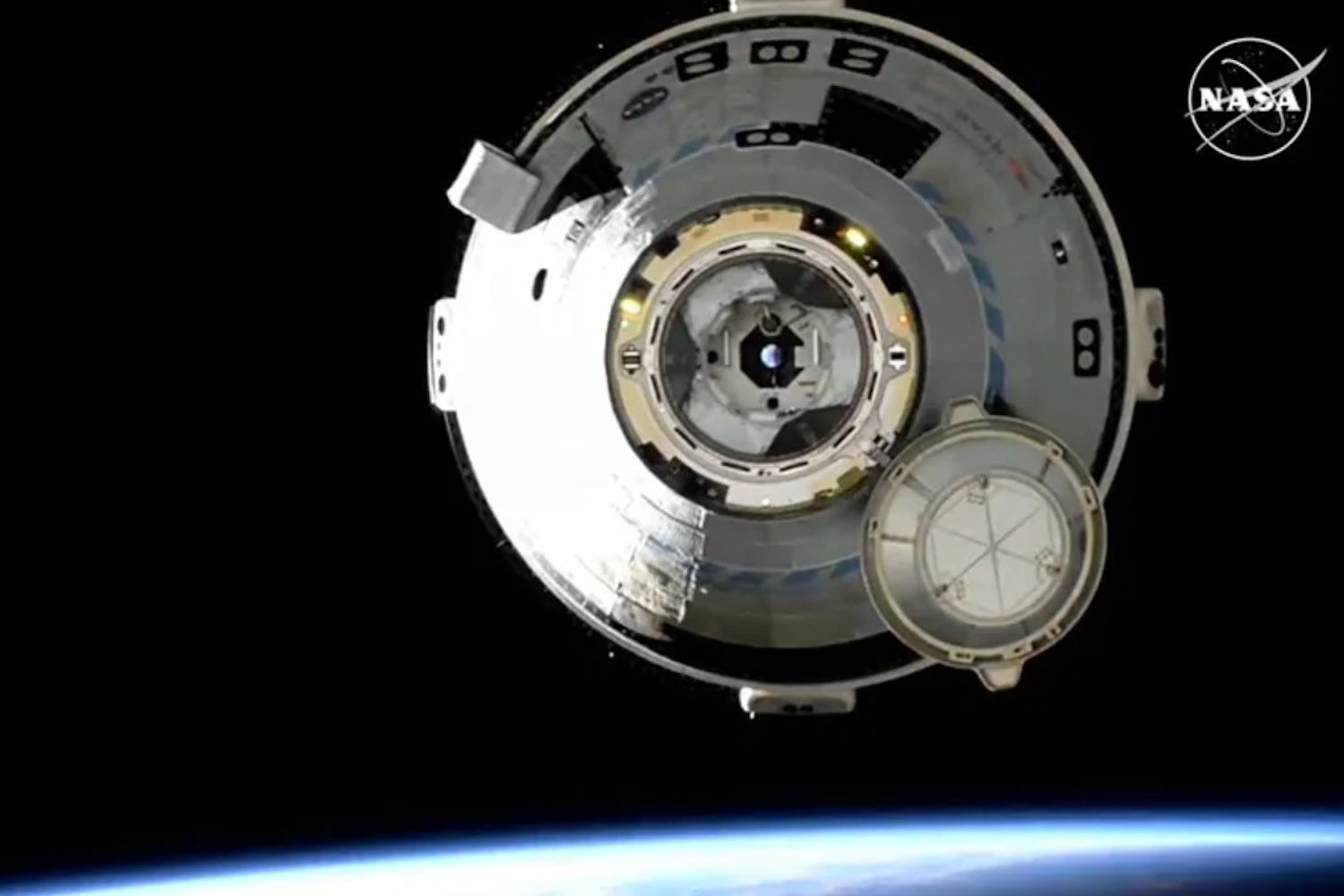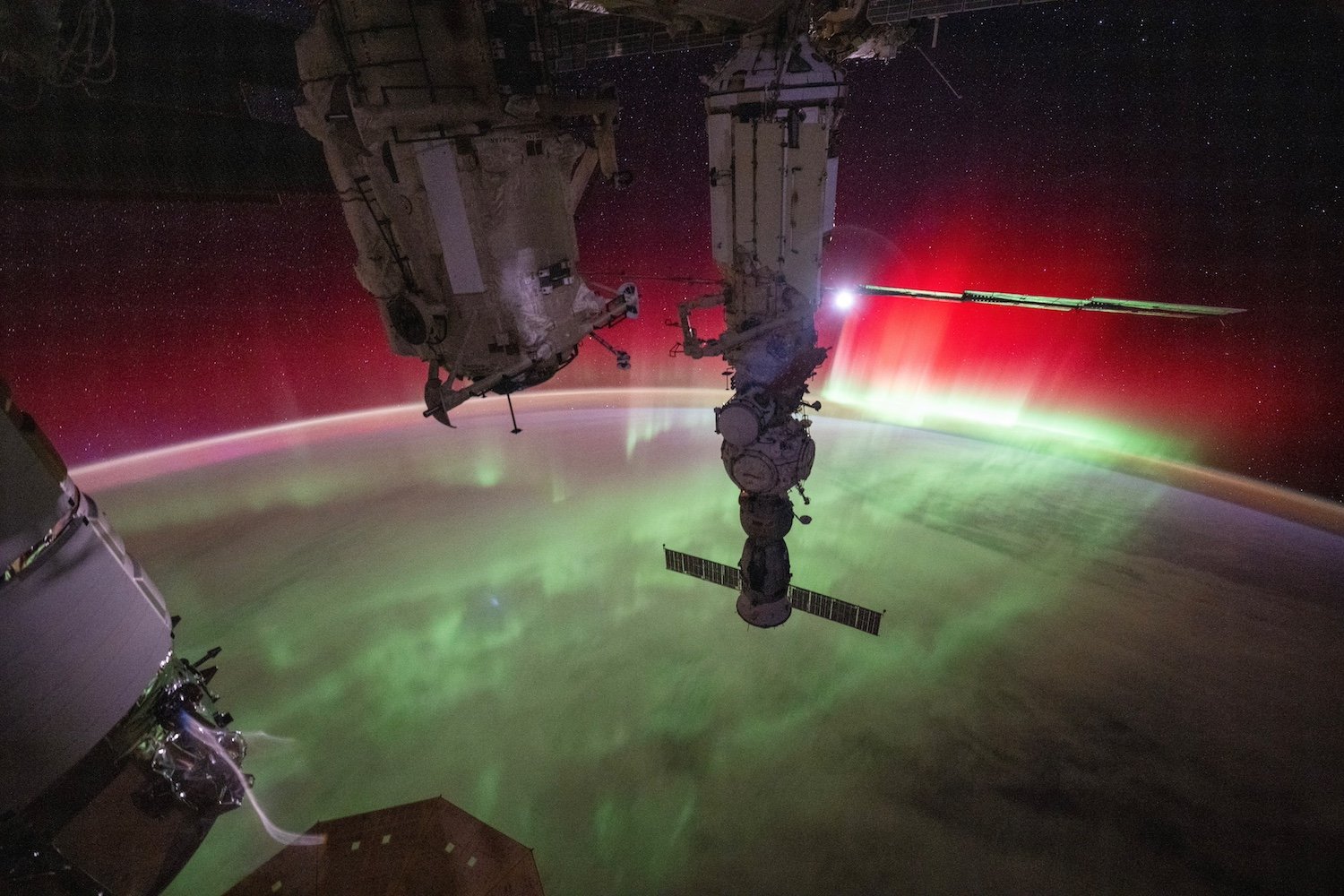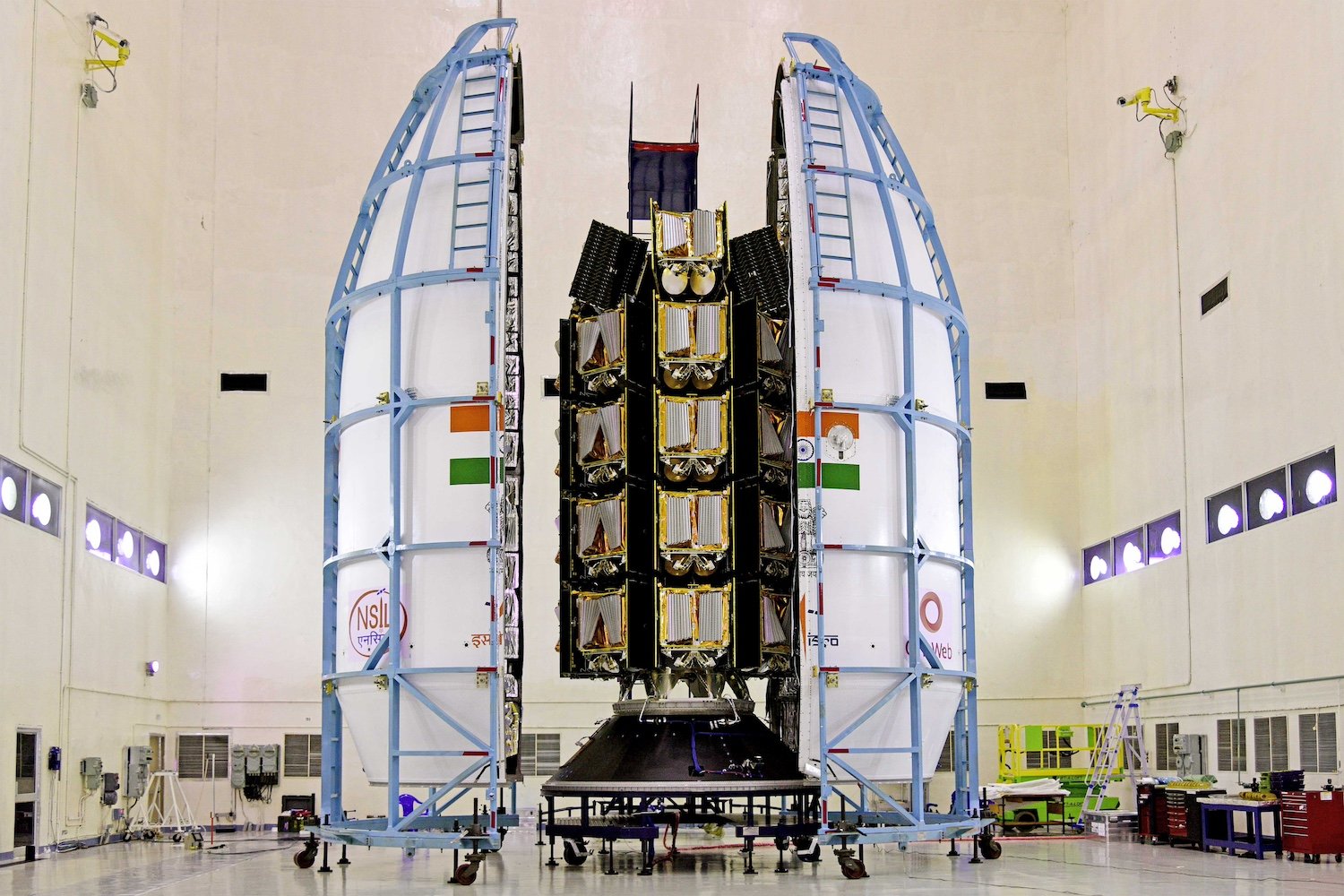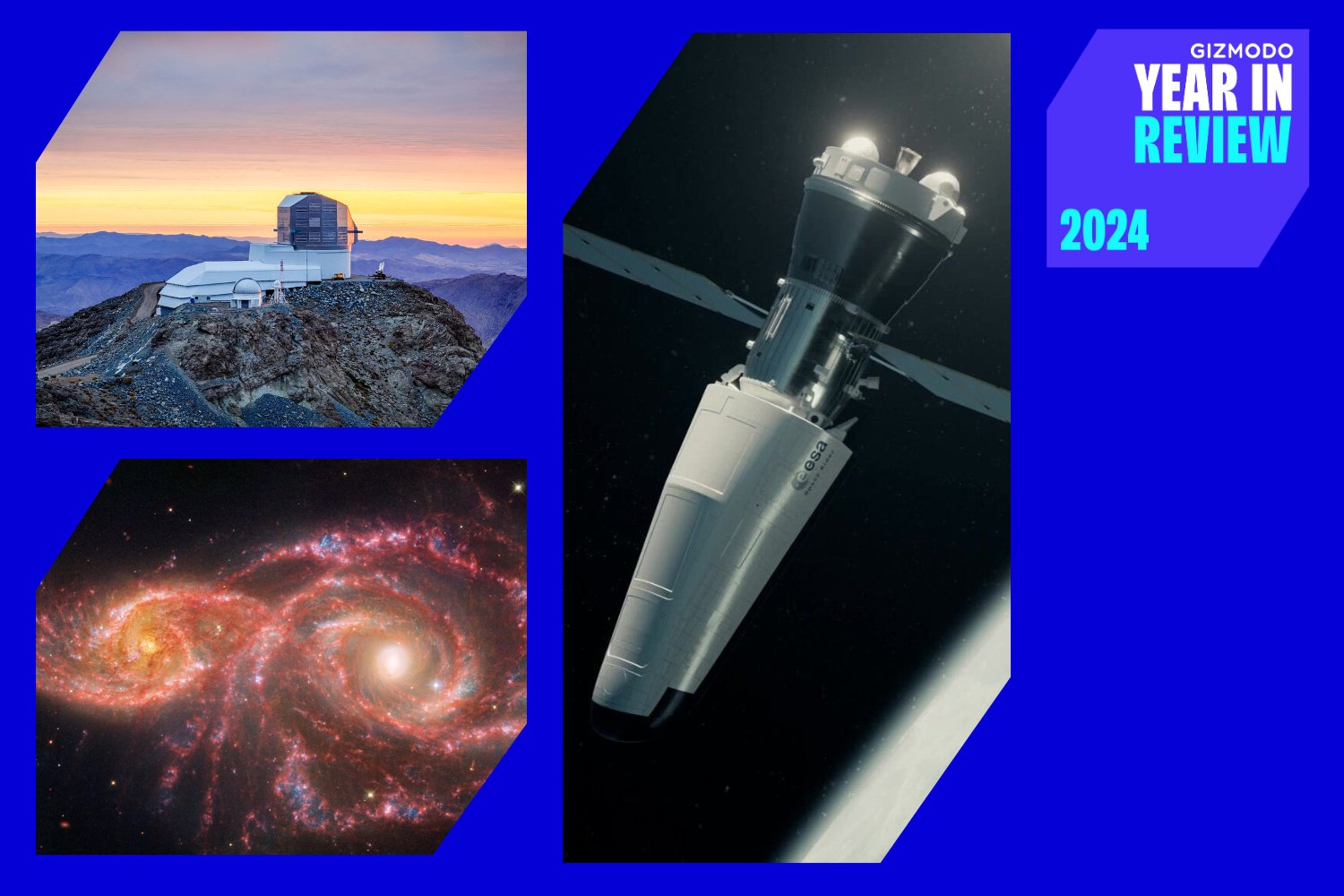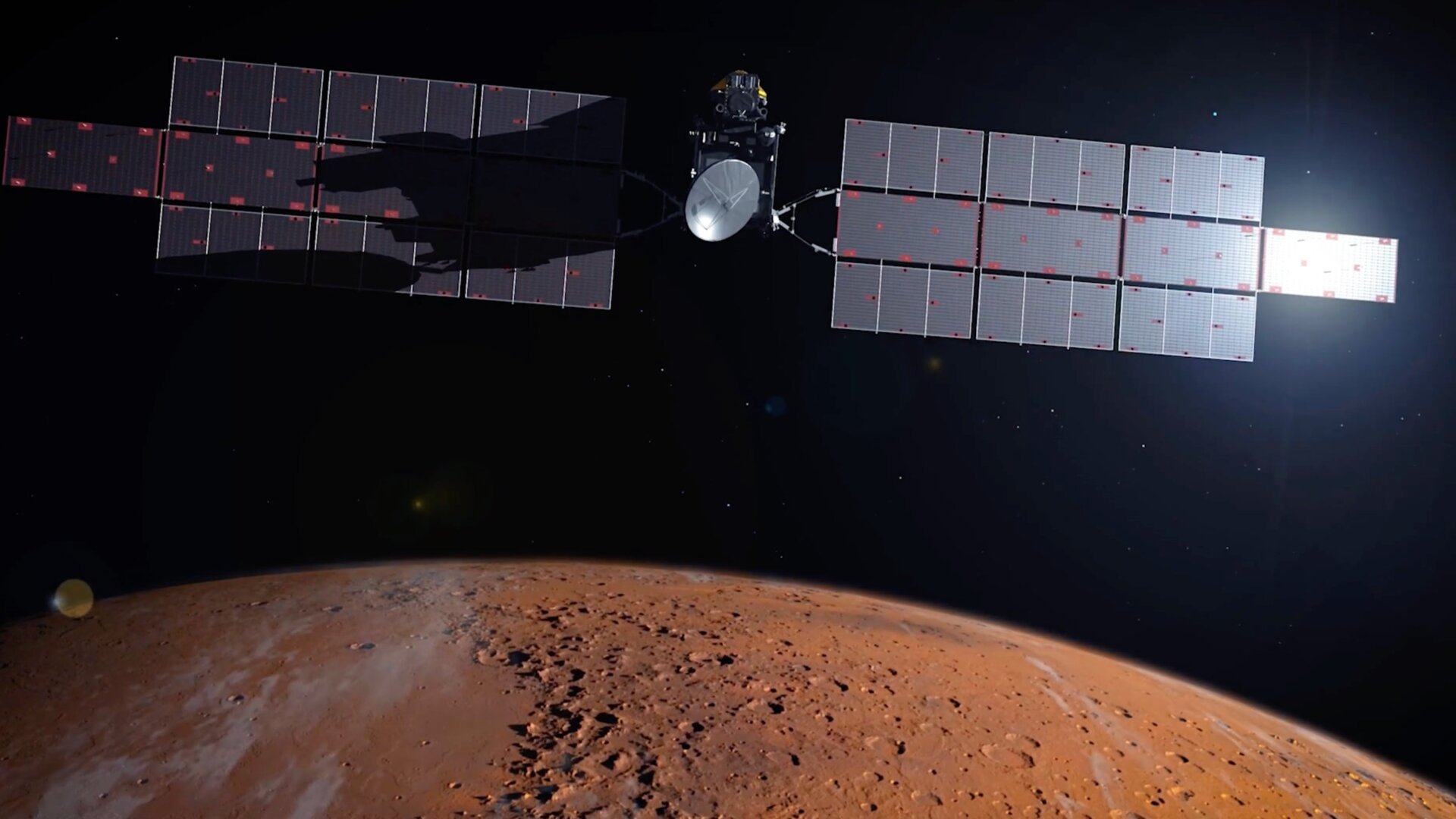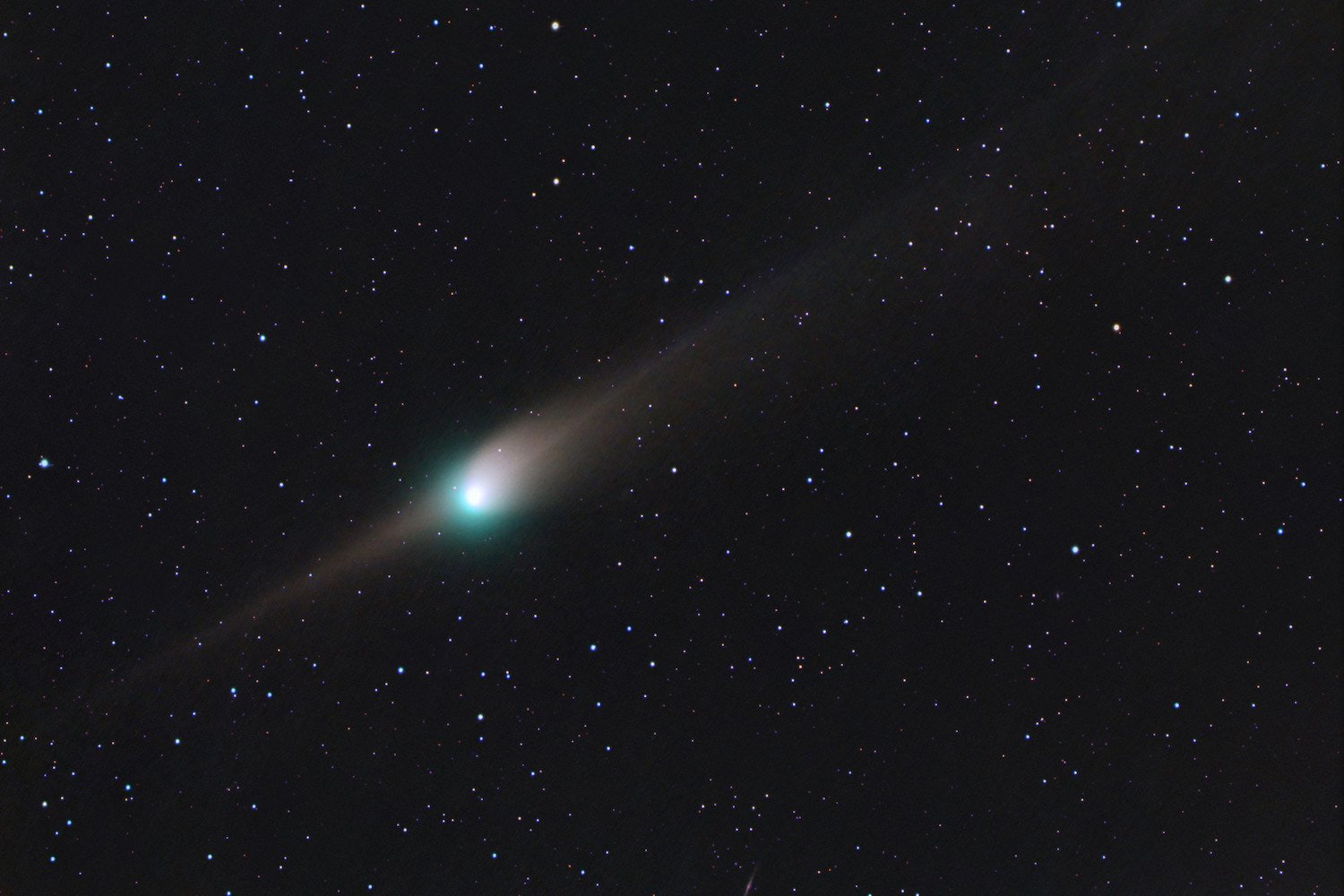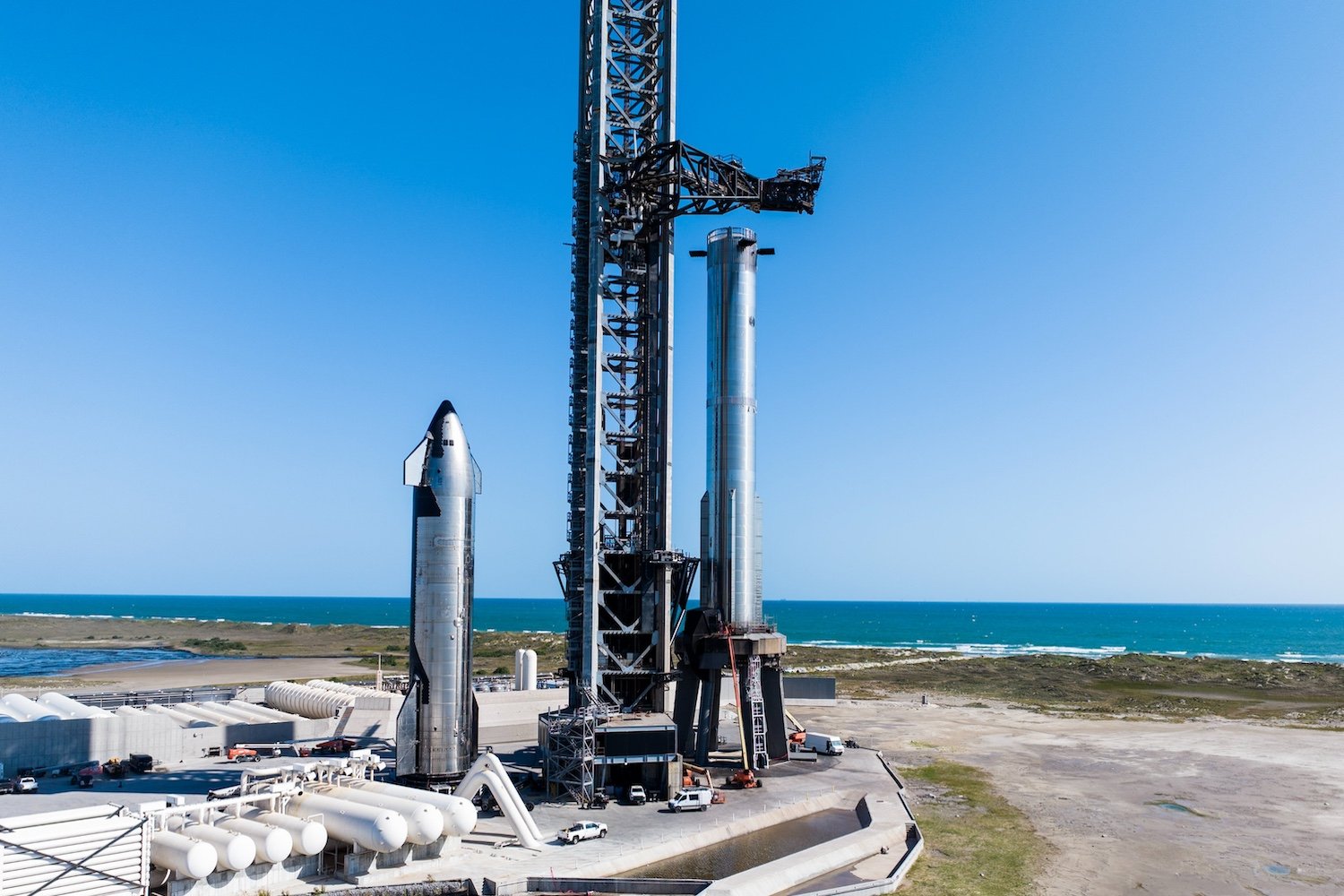Boeing’s Starliner spacecraft returned to Earth without its crew on September 7, 2024, after a challenging test flight to the International Space Station (ISS). This uncrewed return leaves astronauts Butch Wilmore and Suni Williams aboard the ISS for an extended stay, raising questions about the future of the Starliner program and its impact on NASA’s human spaceflight endeavors.
This incident has significant implications for NASA, Boeing, the astronauts involved, and the future of human spaceflight. Let’s delve deeper into the consequences of this event.
Impact on NASA’s Commercial Crew Program
In 2014, NASA awarded contracts to both Boeing and SpaceX under the Commercial Crew Program to transport astronauts to the ISS. Initially, Boeing was considered the frontrunner due to its extensive aerospace experience. However, SpaceX rapidly advanced with its Falcon 9 rocket and Dragon cargo ship, successfully launching its first crewed test flight to the ISS in 2020. Boeing, meanwhile, encountered developmental setbacks, making this uncrewed return a considerable disappointment.
Despite this setback, NASA continues to support Boeing, recognizing the strategic importance of having multiple American crew launch systems. This redundancy is crucial for ensuring continued human space operations, especially in the event of launch disruptions with other crewed vehicles. NASA’s ongoing exchange partnership with Russia further enhances its crew transport options, providing alternative routes to and from the ISS.
 The ConversationImage: Boeing’s Starliner spacecraft landing back on Earth.
The ConversationImage: Boeing’s Starliner spacecraft landing back on Earth.
Repercussions for Boeing
While the Starliner’s return was a test flight, and unforeseen issues are expected, the incident undoubtedly impacts Boeing’s reputation. SpaceX’s Dragon spacecraft has already completed several successful missions to the ISS, establishing a track record of reliability. This contrasts sharply with Boeing’s struggles, potentially affecting its standing in the commercial spaceflight arena.
The challenging space environment, where minor issues can escalate into major problems, highlights the importance of rigorous testing. The differences between the technology used by SpaceX and Boeing, compared to the earlier Mercury, Gemini, and Apollo capsules, further underscores the complexities of modern spacecraft development.
Implications for the Astronauts
Astronauts Butch Wilmore and Suni Williams, both highly experienced and resilient individuals, are expected to handle the extended ISS stay professionally. Their focus remains on mission completion and scientific advancements, leveraging their bonus time in space for research and exploration.
However, the extended stay has a greater impact on their families, who must adjust to an unexpected eight-month separation. Furthermore, the increased crew size on the ISS presents logistical challenges, requiring more resources like food, clothing, and increased demand on life support systems such as water purification, oxygen generation, and carbon dioxide removal.
The Future of Human Spaceflight
The Starliner’s uncrewed return serves as a reminder of the inherent difficulties and risks associated with human spaceflight. Countless factors must align perfectly for mission success, and testing in the microgravity environment is essential.
NASA has a history of facing setbacks and near misses, including the Apollo 1 fire, Challenger and Columbia shuttle disasters, and various other challenges. However, the current landscape of human spaceflight is promising, with three distinct programs underway: SpaceX’s Crew Dragon, Boeing’s Starliner, and NASA’s Orion spacecraft for the Artemis II mission to the Moon. Despite anticipated future setbacks, these programs represent a renewed era of excitement and progress in space exploration.
Conclusion
The Boeing Starliner’s return to Earth without its crew highlights the complexities and challenges of human spaceflight. While it represents a setback for Boeing and necessitates adjustments for NASA and the astronauts aboard the ISS, it also underscores the importance of redundancy in crew transport systems and the ongoing pursuit of advancements in space exploration. The incident will likely lead to valuable insights and improvements in the Starliner program, ultimately contributing to a more robust and reliable future for human space travel.
Michael E. Fossum, vice president of Texas A&M University, provided insights for this article. This article is republished from The Conversation under a Creative Commons license. Read the original article.



